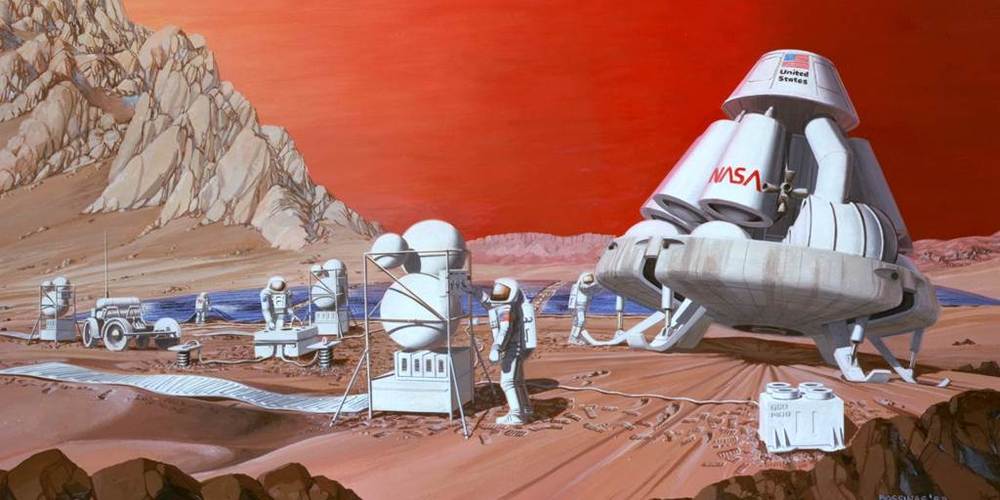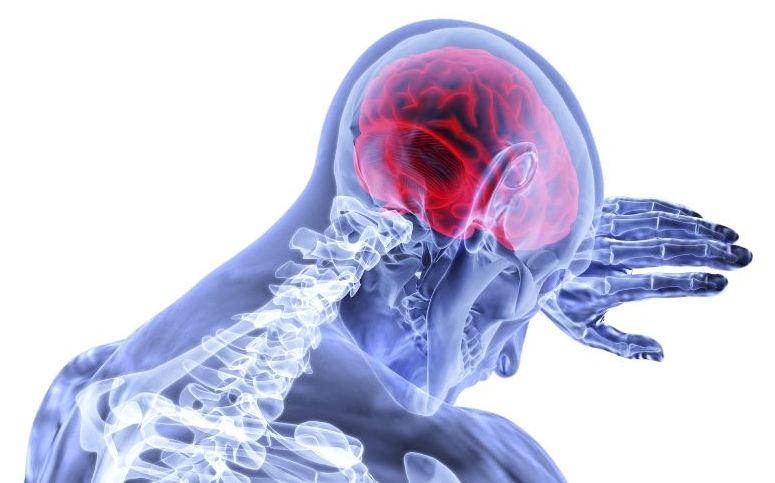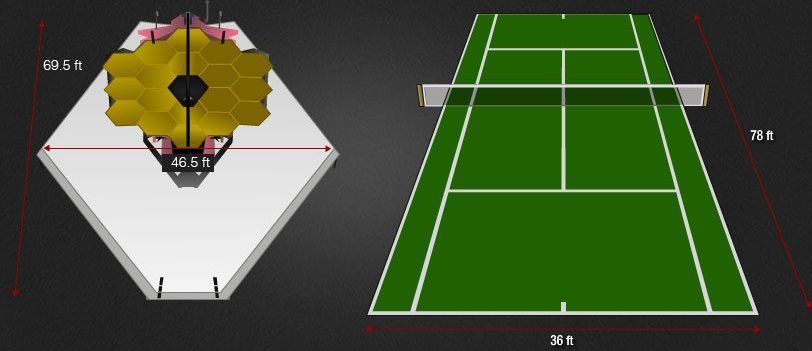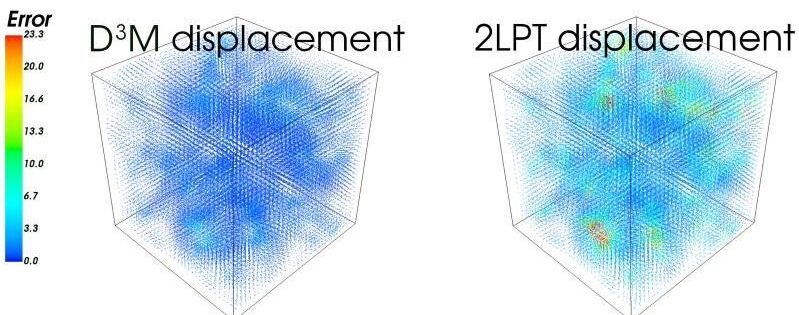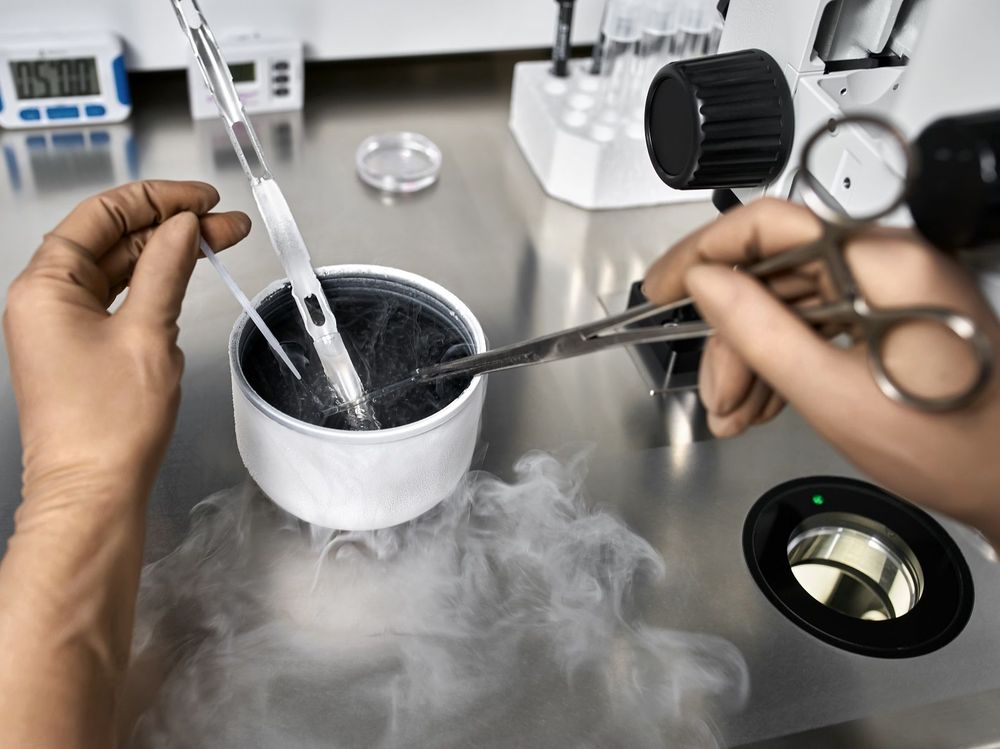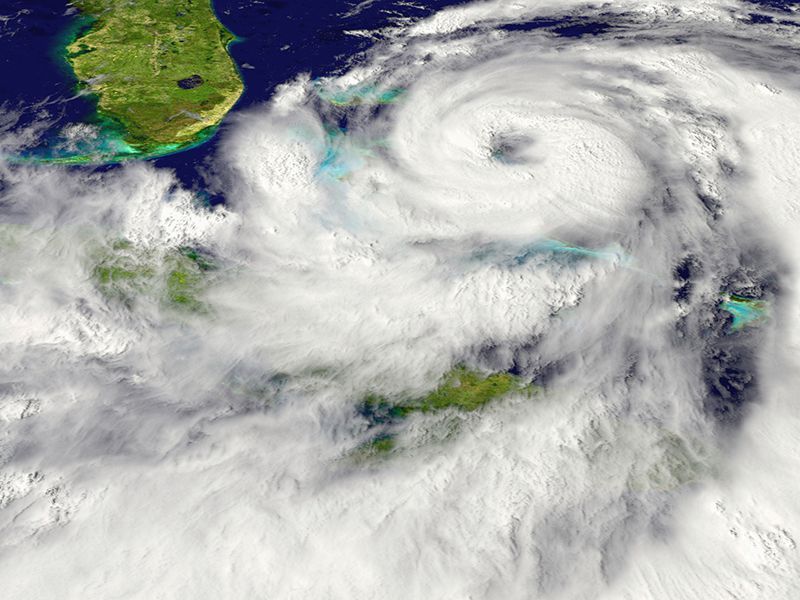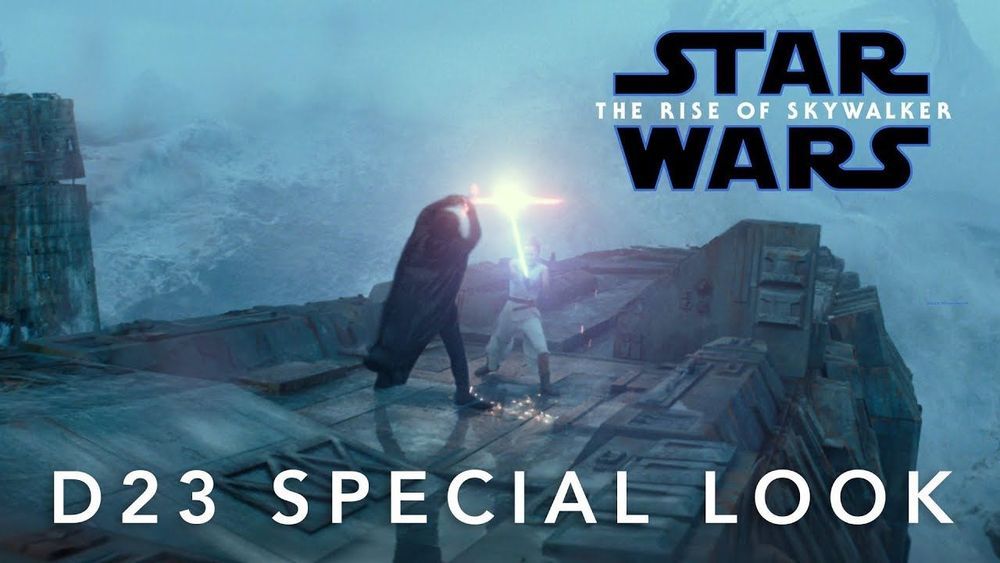During his year in space, Scott Kelly was zapped relentlessly by radiation — the equivalent of 10 chest X-rays a day for more than 11 months starting in March of 2015. The onslaught damaged the astronaut’s DNA and affected his immune system while raising his risk for cancer. And Kelly was aboard the International Space Station, whose tight orbit around Earth lies within the magnetic field that surrounds our planet and blocks the most damaging forms of radiation.
Astronauts who travel to Mars or other destinations in deep space will leave Earth’s protective cocoon for months or years at a time. And a new NASA-funded study suggests that chronic exposure to radiation could harm astronauts’ minds as well as their bodies — potentially affecting space flyers’ moods and even their ability to think.
That could be a big deal.
